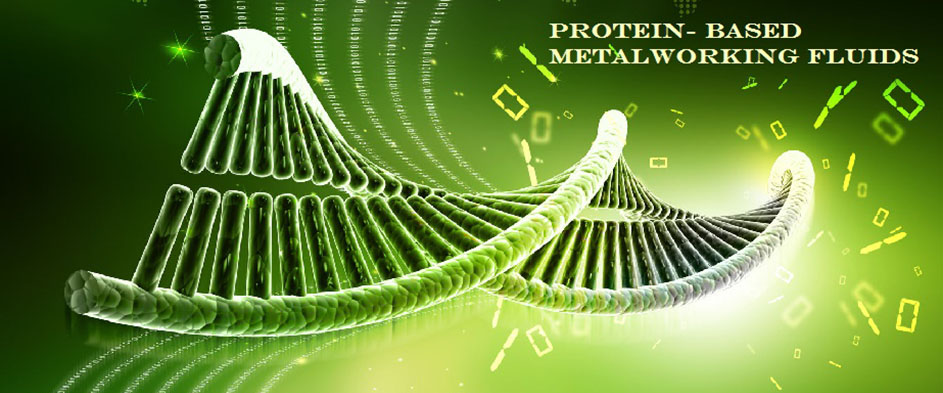Rancidity Control of Metalworking Fluids
 Rancidity – the chemical decomposition of fats, oils and other lipids – happens when bacteria, yeasts and mold are allowed to multiply in metalworking fluids. The result is a foul odor, poor tool life, oxidation on the work piece surface and ultimately unhappy workers. Certain types of rancidity can also cause metalworking fluids to darken and stain parts, and neutralize the rust-inhibiting characteristics of the fluid.
Rancidity – the chemical decomposition of fats, oils and other lipids – happens when bacteria, yeasts and mold are allowed to multiply in metalworking fluids. The result is a foul odor, poor tool life, oxidation on the work piece surface and ultimately unhappy workers. Certain types of rancidity can also cause metalworking fluids to darken and stain parts, and neutralize the rust-inhibiting characteristics of the fluid.














 Initial days of my career I use to work as a Production Supervisor of a medium size Auto component manufacturing company having 10 CNC turning machines and 5 odd Vertical machining centers. It was an early morning, I was on my desk waiting for my first cup of tea for the day and the phone rings loud. It was the Quality Control Manager, before I could wish him Good Morning he orders "I want you in my office right now." I gathered all the courage and reached his desk.
Initial days of my career I use to work as a Production Supervisor of a medium size Auto component manufacturing company having 10 CNC turning machines and 5 odd Vertical machining centers. It was an early morning, I was on my desk waiting for my first cup of tea for the day and the phone rings loud. It was the Quality Control Manager, before I could wish him Good Morning he orders "I want you in my office right now." I gathered all the courage and reached his desk.